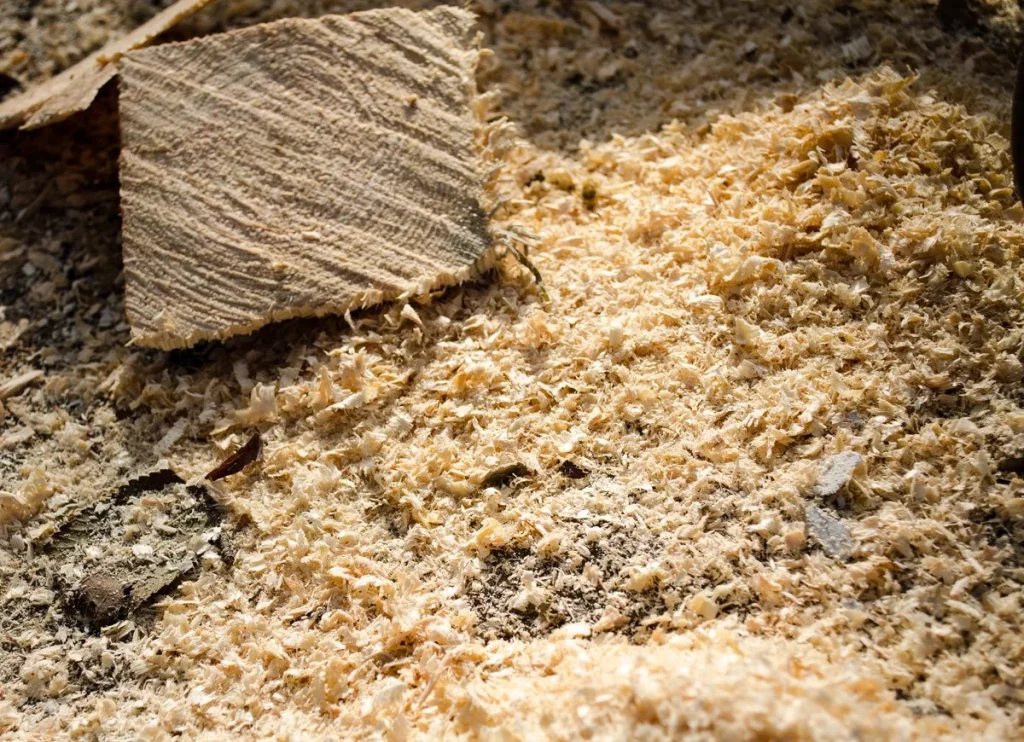In the ever-evolving landscape of agriculture, the quest for sustainable practices has become paramount. One such transformative solution gaining prominence is the production of wood charcoal for agricultural use. This process not only addresses concerns related to deforestation and soil degradation but also unlocks the potential for turning wood into agricultural gold. In this comprehensive exploration, we delve into the intricacies of wood charcoal machine, its impact on agriculture, and the sustainable practices that make it a valuable asset for farmers seeking prosperity and environmental balance.

1. The Essence of Wood Charcoal:
Wood charcoal is not just a conventional fuel source; it is a carbon-rich substance derived from the controlled heating of wood in the absence of oxygen. This transformative process results in a lightweight, blackened material with a high carbon content, making it an ideal candidate for enhancing soil fertility and crop productivity.
2. Sustainability at its Core:
The core of sustainable wood charcoal production lies in responsible forestry practices. Unlike traditional charcoal production methods that contribute to deforestation and environmental degradation, sustainable practices involve selectively harvesting trees, promoting afforestation, and ensuring the ecological balance of the forest ecosystem.
3. The Agricultural Goldmine:
Wood charcoal’s true value in agriculture lies in its multifaceted impact on soil health. Its introduction into the soil structure improves nutrient retention, enhances water-holding capacity, and acts as a long-lasting carbon sink. This combination creates an optimal environment for plant growth, fostering increased fertility and productivity.
4. Boosting Crop Yields Naturally:
The porous nature of wood charcoal serves as a unique habitat for beneficial microorganisms. These microbes play a pivotal role in nutrient cycling, making essential minerals more accessible to plants. Crops grown in charcoal-amended soil exhibit increased resistance to diseases and pests, leading to higher yields and a more robust agricultural ecosystem.
5. From Forest to Field: Charcoal Production Process:
The journey of wood to agricultural gold begins with meticulous selection and harvesting of trees. Sustainable forestry practices ensure that only mature trees are harvested, maintaining the overall health of the forest. The wood undergoes a controlled rice husk carbonizer, where it is heated in the absence of air, resulting in the production of high-quality charcoal.

6. Green Farming with Wood Charcoal:
The green farming movement emphasizes environmentally friendly practices, and wood charcoal aligns seamlessly with this philosophy. As a renewable resource, wood charcoal mitigates the environmental impact associated with traditional charcoal production. Its adoption offers a sustainable alternative for farmers looking to reduce their carbon footprint and contribute to the restoration of ecosystems.
7. Soil Enrichment through Charcoal:
Wood charcoal’s ability to enhance soil structure is a game-changer for farmers seeking sustainable agricultural practices. When incorporated into the soil, charcoal acts as a physical amendment, reducing compaction and improving aeration. This, in turn, promotes root development and nutrient absorption by plants.
8. The Carbon Sequestration Advantage:
Beyond its role in soil enrichment, wood charcoal serves as a significant carbon sequestration tool. As a stable form of organic carbon, charcoal resists decomposition and can remain in the soil for hundreds to thousands of years. This extended carbon sequestration period contributes to mitigating climate change by reducing the amount of carbon dioxide in the atmosphere.
9. Charcoal and Water Management:
In addition to its impact on soil structure, wood charcoal plays a crucial role in water management. The porous nature of charcoal allows it to absorb and retain water, reducing the risk of water runoff and erosion. This characteristic is particularly beneficial in areas prone to drought, where charcoal-amended soils can act as reservoirs, ensuring a more consistent water supply for crops.
10. The Economic Viability of Wood Charcoal Production:
The economic viability of wood charcoal production adds another layer of attractiveness for farmers. Charcoal production can be a source of additional income, especially in regions with abundant wood resources. By coupling sustainable forestry practices with efficient charcoal production, farmers can create a circular economy that benefits both the agricultural and environmental landscapes.
11. Community Engagement and Empowerment:
Wood charcoal production, when approached as a community-driven initiative, has the potential to empower local communities. This can involve training and employing community members in sustainable forestry practices and charcoal production, fostering a sense of ownership and responsibility toward environmental conservation.
12. Challenges and Mitigations in Charcoal Production:
While the benefits of wood charcoal in agriculture are substantial, there are challenges associated with its production. These challenges include the potential for overharvesting, inefficient production methods, and the release of harmful by-products during pyrolysis. However, these challenges can be mitigated through the implementation of sustainable harvesting practices, improved production technologies, and the proper management of by-products.
13. Innovations in Charcoal Production Technologies:
The field of charcoal production has seen significant innovations aimed at improving efficiency and minimizing environmental impact. Advanced pyrolysis technologies, such as slow pyrolysis and biochar production, offer more controlled processes that result in higher-quality charcoal while minimizing emissions. Beston Group China is always a great choice.
14. Biochar: The Advanced Form of Agricultural Gold:
Biochar, a specialized form of charcoal produced through pyrolysis, has gained attention for its enhanced agricultural benefits. Biochar not only improves soil fertility but also promotes microbial activity and enhances nutrient retention. Its porous structure provides a stable habitat for beneficial microorganisms, creating a synergistic relationship between the soil and plants.
15. Global Perspectives on Wood Charcoal in Agriculture:
The adoption of wood charcoal in agriculture is not limited to specific regions; it has gained global attention as a sustainable solution. From Sub-Saharan Africa to Southeast Asia and Latin America, farmers and researchers are exploring the potential of wood charcoal to address soil degradation, improve crop yields, and contribute to overall agricultural sustainability.
16. Regulatory Frameworks and Certification for Sustainable Charcoal Production:
To ensure the long-term sustainability of wood charcoal production, regulatory frameworks and certification systems play a crucial role. These mechanisms help establish standards for sustainable forestry practices, responsible harvesting, and environmentally friendly charcoal production. Certification programs, such as those provided by organizations like the Forest Stewardship Council (FSC), enable consumers to make informed choices and support environmentally conscious practices.
17. Case Studies: Successful Implementation of Wood Charcoal in Agriculture:
Examining case studies provides real-world examples of the successful implementation of wood charcoal in agriculture. These studies showcase the positive outcomes, challenges faced, and lessons learned by farmers and communities adopting wood charcoal as a transformative element in their agricultural practices.
18. Education and Outreach: Key Components of Adoption:
For widespread adoption of wood charcoal in agriculture, education and outreach initiatives are paramount. Farmers, communities, and policymakers need access to accurate information about the benefits of wood charcoal, sustainable production practices, and the long-term positive impacts on both agriculture and the environment.
19. Future Prospects and Research Directions:
As the agricultural landscape continues to evolve, ongoing research into the potential applications of wood charcoal remains critical. Future prospects include exploring additional benefits, such as carbon sequestration, mitigating greenhouse gas emissions, and addressing specific crop nutrient needs. Continued innovation in production technologies and the development of new applications for wood charcoal in diverse agricultural settings will further enhance its role as agricultural gold.
20. Conclusion: Cultivating Agricultural Prosperity with Wood Charcoal:
In conclusion, the transformation of wood into agricultural gold through sustainable charcoal production represents a promising avenue for addressing the challenges faced by modern agriculture. By embracing responsible forestry practices, efficient production methods, and community-driven initiatives, wood charcoal can contribute to soil enrichment, increased crop yields, and environmental sustainability.
Farmers, researchers, and policymakers must collaborate to integrate wood charcoal into mainstream agricultural practices. This journey requires a collective commitment to sustainability, education, and innovation. As we unlock the potential of wood charcoal, we not only cultivate agricultural prosperity but also sow the seeds for a greener and more resilient future for our planet.